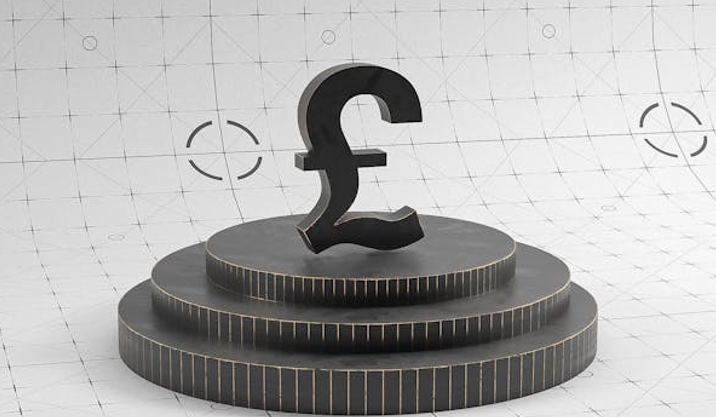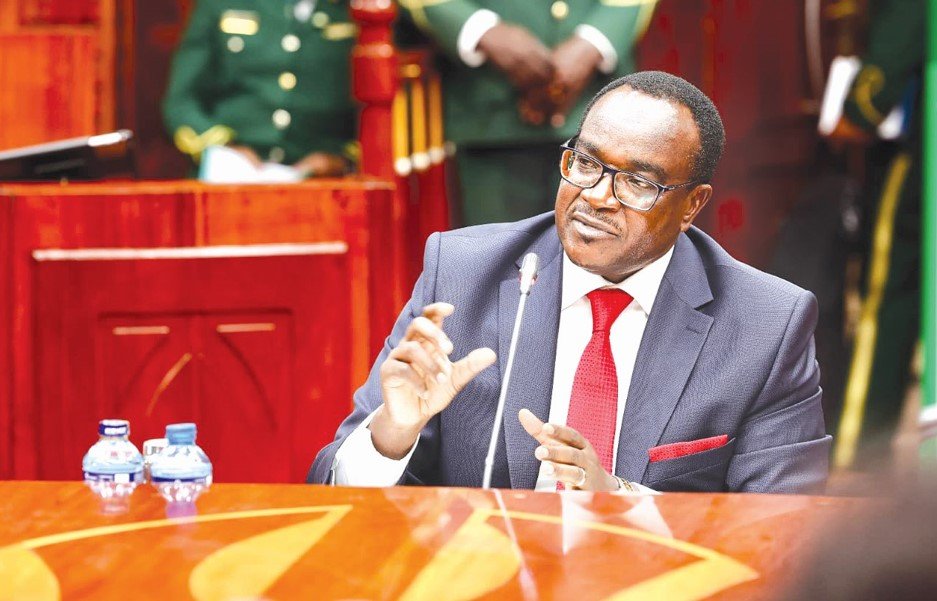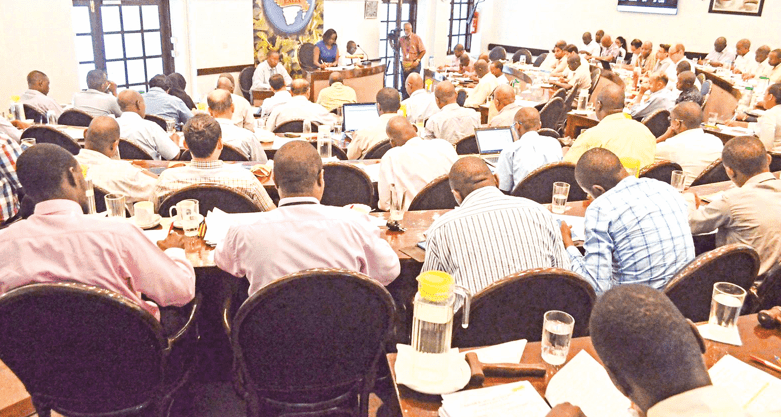Pound falls to lowest in over a year as borrowing costs soar

The pound has fallen to its lowest level in over a year, while UK borrowing costs have surged to their highest for 16 years.
Economists have warned that the rising costs could lead to further tax increases or spending cuts as the government tries to meet its self-imposed rule not to borrow to fund day-to-day spending. In response to an urgent question in the Commons, Treasury minister Darren Jones said there was “no need for an emergency intervention” in financial markets.
Markets “continue to function in an orderly way” and movements in government borrowing costs were being driven by “a wide range of international and domestic factors,” he added. Jones said it was normal for prices to vary “when there are wider movements in global financial markets, including in response to economic data” and the government’s decision to only borrow for investment was “non-negotiable”.
Shadow chancellor Mel Stride said: “The government’s decision to let rip on borrowing means that their own tax rises will end up being swallowed up by the higher borrowing costs at no benefit to the British people.”
The pound fell by 0.9 per cent to $1.226 against the dollar on Thursday and borrowing costs rose further. The pound typically rises when borrowing costs increase but economists said wider concerns about the strength of the UK economy had driven it lower.
The government generally spends more than it raises in tax. To fill this gap it borrows money, but that has to be paid back – with interest. One of the ways it can borrow money is by selling financial products called bonds.
Mohamed El-Erian, chief economic advisor at asset manager Allianz, told the BBC’s Today programme the rise in borrowing costs means that how much interest the government pays on its debt goes up and “eats up more of the tax revenue, leaving less for other things”.
Sugarcane seedlings
El-Erian added that it can also slow down economic growth “which also undermines revenue”.
“So the chancellor, if this continues, will have to look at either increasing taxes or cutting spending even more – and that’s going to impact everyone,” he said.
The government has said it will not divulge anything on spending or taxes ahead of the official borrowing forecast from its independent forecaster due in March.
At the end of last year, revised figures showed the economy had zero growth between July and September. It was the latest in a series of disappointing figures, including a rise in inflation in the year to November with prices rising at their fastest pace since March.
In December, the Bank of England said the economy is likely to have performed worse than expected in the last three months of 2024.
At the same time, it held interest rates at 4.75 per cent citing “heightened uncertainty in the economy”. Globally, there has been a rise in the cost of government borrowing in recent months sparked by investor concerns that US President-elect Donald Trump’s plans to impose new tariffs on imports from Canada, Mexico and China would push up inflation.
The cost of government borrowing in the US has seen a similar rise to that of the UK.
“It may be a global sell-off, but it creates a singular headache for the UK chancellor looking to spend more on public services without raising taxes again or breaking her self-imposed fiscal rules,” said Danni Hewson, head of financial analysis at AJ Bell.











